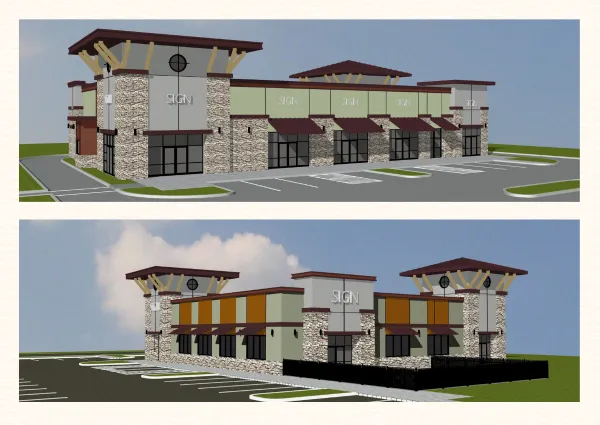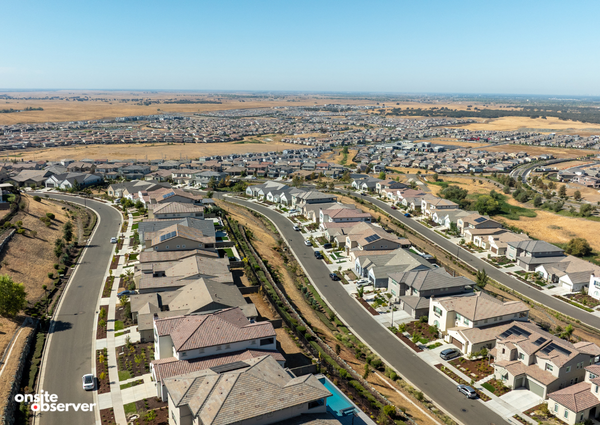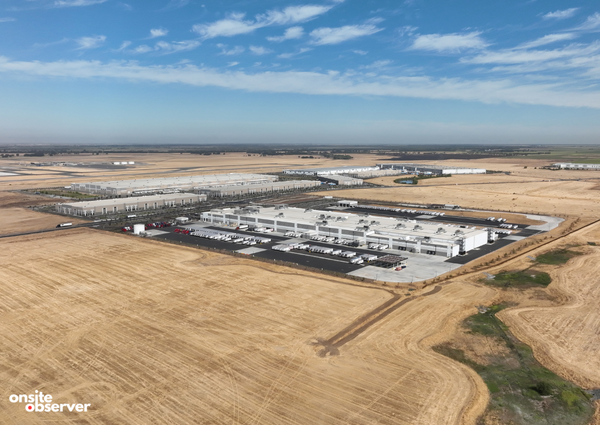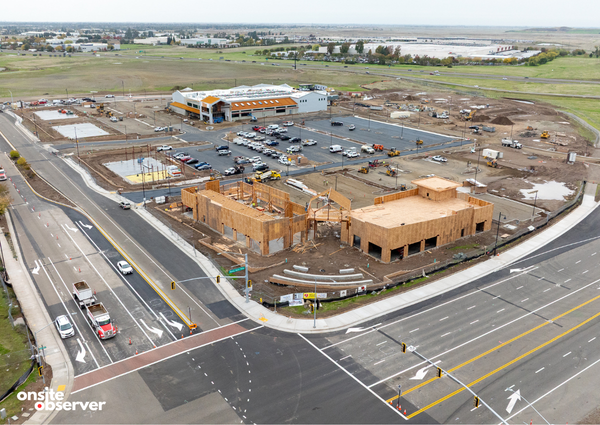Derek Minnema discusses the 34-mile Southeast Connector linking Elk Grove, Rancho & Folsom.
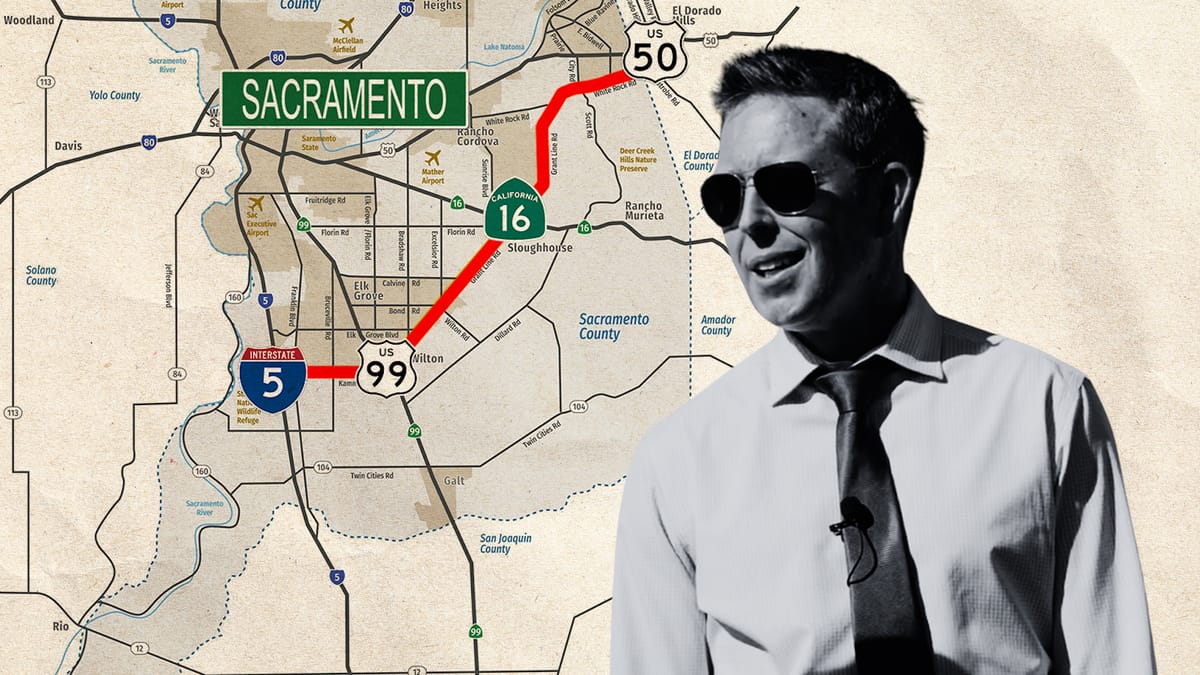
The Capital SouthEast Connector is the largest approved transportation project in the Sacramento region.
Spanning 34 miles, the project aims to link Interstate 5 at Hood Franklin Road and Highway 99 near Grant Line Road to Highway 50 at the Silva Valley Parkway interchange.
The multi-lane expressway will connect the cities of Elk Grove, Rancho Cordova, Folsom, and El Dorado Hills, reducing traffic congestion, improving road safety, and supporting economic development by providing a vital alternative route for commuters and commercial traffic.
The project involves upgrading existing two-lane rural roads into a modern four-lane expressway and constructing continuous paths for pedestrians, bicyclists, and equestrians along the entire 34-mile corridor.
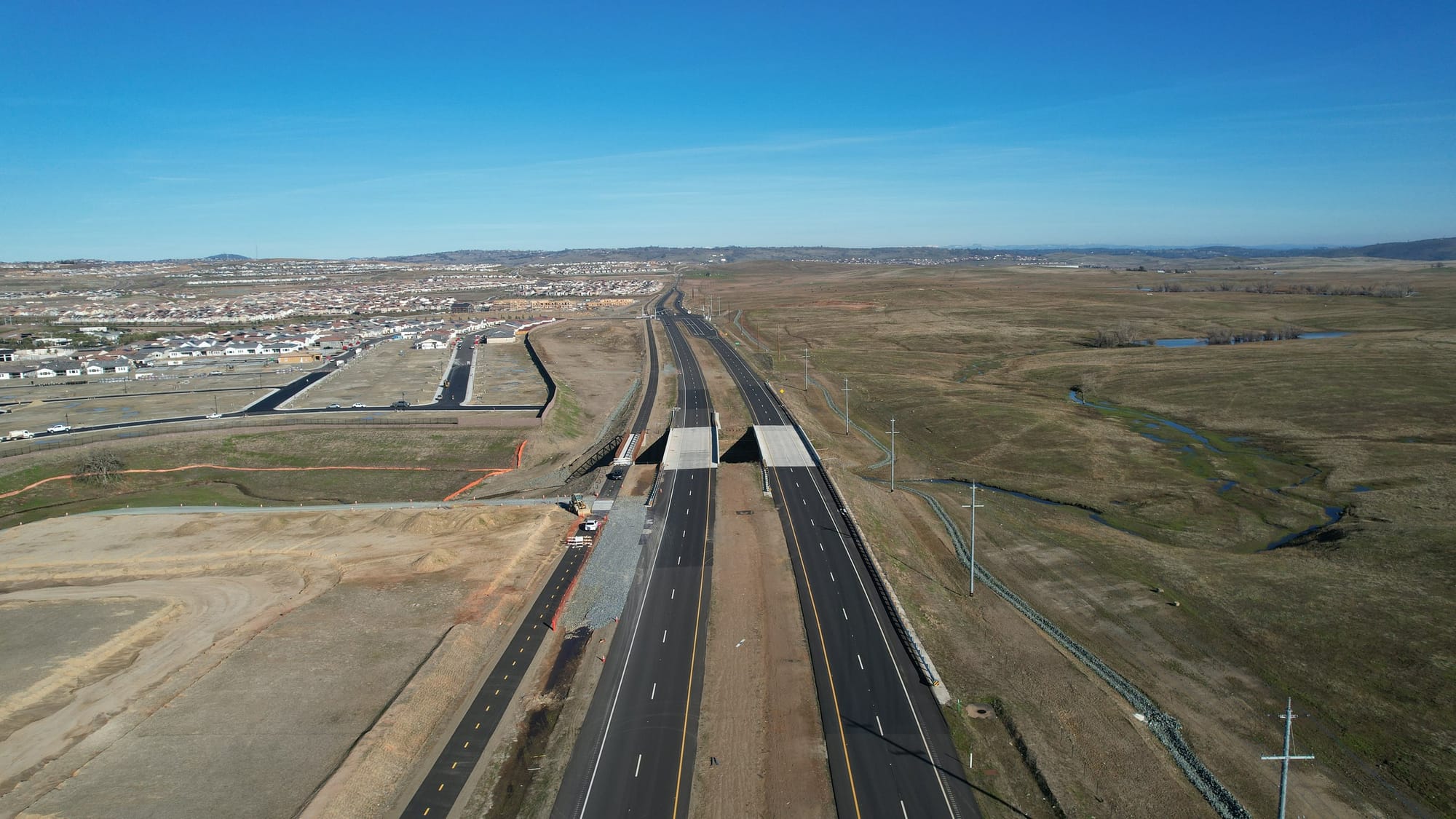
But why is this project necessary? What challenges does it face? And how will it shape Sacramento's transportation landscape?
We spoke with Derek Minnema, Executive Director of the Southeast Connector JPA, to address the most pressing questions about this long-awaited development.
Why Is the SouthEast Connector Taking So Long?
Minnema acknowledges that the project has been "on the books" since the 1970s. However, in the past decade, major progress has been made, with eight sections already completed. The primary challenge? Funding.
"We have 20 miles environmentally approved and permitted," Minnema explains. "But funding for transportation is highly competitive. California is a highly regulated state, and regulations slow things down."
While regulatory hurdles also contribute to delays, he emphasizes that the project is consistently moving forward, with nine miles currently in the final engineering phase.
Who's Paying for the Connector?
Many residents have raised concerns about whether local taxpayers are footing the bill. Minnema clarifies that all funding sources ultimately stem from taxpayer dollars, whether through federal and state grants, gasoline taxes, or local development impact fees.
"It's a public project, so the funding comes from sales taxes, gasoline taxes, and development impact fees. A project like this will have a variety of funding sources—typically 10 to 15 different ones," Minnema clarifies.
A $25 million federal grant was recently awarded to reconstruct Grant Line Road in Rancho Cordova, one of the project's top priorities.
Why Build Roads Instead of Expanding Public Transit?
With growing interest in light rail and public transportation, some residents wonder why more funds aren't allocated to alternative transit. Minnema acknowledges this concern but points out that roads still serve the vast majority of commuters.
"90% of people still travel by car," he states. "We need to make sure roads are safe, smooth to drive on, and efficient. Roads are multi-user, multi-modal facilities that benefit a lot of people."
At the same time, Minnema emphasizes that public transit investment is far from neglected.
"We're seeing a tremendous amount of investment in passenger rail and light rail, not just in Sacramento but nationwide. The numbers for rail dwarf what we're seeing for roads. You could build 200 Capital SouthEast Connectors for just one High-Speed Rail project."
While the Connector is primarily a roadway project, it also includes a 34-mile Class 1 Multi-Use Path for cyclists and pedestrians—longer than the well-known American River Bike Trail.
"A separated, dedicated bike and pedestrian path will provide a safe, alternative transportation corridor alongside the expressway," Minnema notes.
Why Roundabouts? A Love-It-or-Hate-It Feature
The project includes several roundabouts, particularly in the rural Sheldon area of Elk Grove. While some drivers dislike them, Minnema stands by their effectiveness.
"I'm a fan of roundabouts. I think they're a great transportation solution. We're locating them in Sheldon because it's a more commercial area with more homes. We want traffic to flow but also to maintain slower speeds for safety," he explains.
Why Not Three Lanes?
Some residents have questioned why the Connector isn't being built with three lanes per direction from the start. According to Minnema, the project was designed to allow for future expansion while avoiding unnecessary upfront costs.
"You don't want to overbuild. This is about balancing funding priorities with actual need. Do we really need three lanes upfront? You take on a lot of maintenance burden when you overbuild, and that's a waste of capital."
Does Road Expansion Lead to More Sprawl?
Some critics argue that expanding roads encourages urban sprawl by making undeveloped land more attractive to builders. However, Minnema sees this as a positive development.
"Growth isn't an impact; it's a benefit to the region. We've invested $15 million in permanent open space conservation, but at the same time, we need to improve roads that are outdated and unsafe."
He adds: "Safety issues occur when the use of a facility doesn't match its design. Some of these roads are 50 to 60 years old, originally part of Spanish land grants. Every generation has improved them to meet modern needs, and that's what we're doing now."
Will California Fund Similar Projects in the Future?
Some residents have suggested similar projects, like connecting Interstate 80 to Highway 50 or West Sacramento to Davis. Minnema is skeptical.
"The likelihood is slim to none. California isn't in the highway expansion mindset anymore. We're still investing in the Connector because it's led by local counties and cities, but new highway connections? That's not really happening."
For those eager to track progress, Minnema encourages the public to follow updates via Connector’s website and attend quarterly board meetings.


